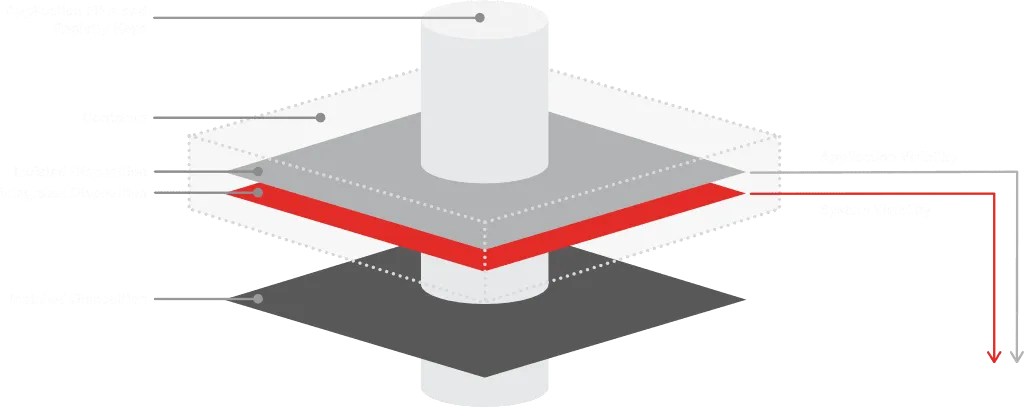Cloudpaging is a patented cloud application virtualization technology for seamless, native-like execution of all applications across modern Windows desktops, eliminating repackaging.
Vendor
Numecent
Company Website

Cloudpaging is a patented cloud application virtualization technology designed to enable organizations to package and deploy even the most complex legacy and custom applications across any modern physical or virtual Windows desktop environment. This technology abstracts applications from their underlying operating system, breaking them down into "pages" and delivering them to end-user desktops on an as-needed basis. Cloudpaging containers isolate dependencies that typically cause application conflicts, such as multiple Java JREs or outdated drivers, combining the benefits of layers and containers without their inherent challenges. This allows for the reuse of containers across various Windows devices and operating systems, ensuring the entire application estate can run on modern desktop environments without the need for constant repackaging. The solution provides advanced automated application provisioning capabilities, surpassing traditional application virtualization tools by solving a broader range of compatibility problems. It facilitates the "lift and shift" of applications to new operating environments, eliminating the hassle and expense of upgrading existing software versions. Cloudpaging ensures high application compatibility, supporting virtually any Windows application, including those with drivers and COM+ component services. It also optimizes application launch times by caching critical first-launch components, delivering only the necessary page fragments to the Cloudpaging Player, which means applications are never fully installed on the end user's device, reducing resource and storage requirements.
Features & Benefits
- Highest Compatibility Rate
- Enables virtually any Windows application, including those with drivers and COM+ component services, to be packaged and run on modern operating systems.
- Eliminate Repackaging
- Cloudpaging containers are reusable across any modern Windows desktop environment, removing the need to repackage applications for different Windows devices or operating systems.
- Dynamic Provisioning
- Allows real-time deployment, updates, rollbacks, and removal of applications without requiring end users to log off or reboot their desktops, maximizing uptime.
- Accelerated Launch Times
- Optimizes application launch times by caching critical first-launch components and delivering only necessary page fragments, resulting in faster application startup and reduced resource consumption.
- Seamless Integration
- Provisioning mechanisms integrate with existing tools like SCCM and Citrix Management console, avoiding the need to learn new systems.
- Automated Policy Enforcement
- Automates software license policy enforcement with role and time-based access controls, and centrally enables offline application usage.
- CAEs for Custom Scripting
- Enables granular execution of custom scripts (Configurable AppEvents) at various trigger points throughout the application lifecycle using scripting languages like VB and PowerShell.
- Reporting Services
- Provides consolidated, lightweight reporting services to effectively track all application activity without requiring an additional reporting server.
- Self-Service Application Access
- Applications can be accessed in a self-service model via Cloudpager Storefront, Enterprise Portal, or preferred third-party app stores.
- Container Configuration for Compatibility
- Creates unique dispositions (Isolated, Integrated, Installed) during packaging to maximize application compatibility and functionality on virtual or physical desktops.
- Isolated Disposition (Layer 4)
- : Assets are paged into a container and only visible to the application itself, minimizing conflict risk.
- Integrated Disposition (Layer 3)
- : Assets are paged into a container, visible to the application, local system, and other paged apps, allowing native-like behavior and lift-and-shift flexibility.
- Installed Disposition (Layer 1 or 2)
- : Pages assets from the application onto the OS, with Layer 2 allowing restoration of original content upon deactivation, maximizing compatibility.